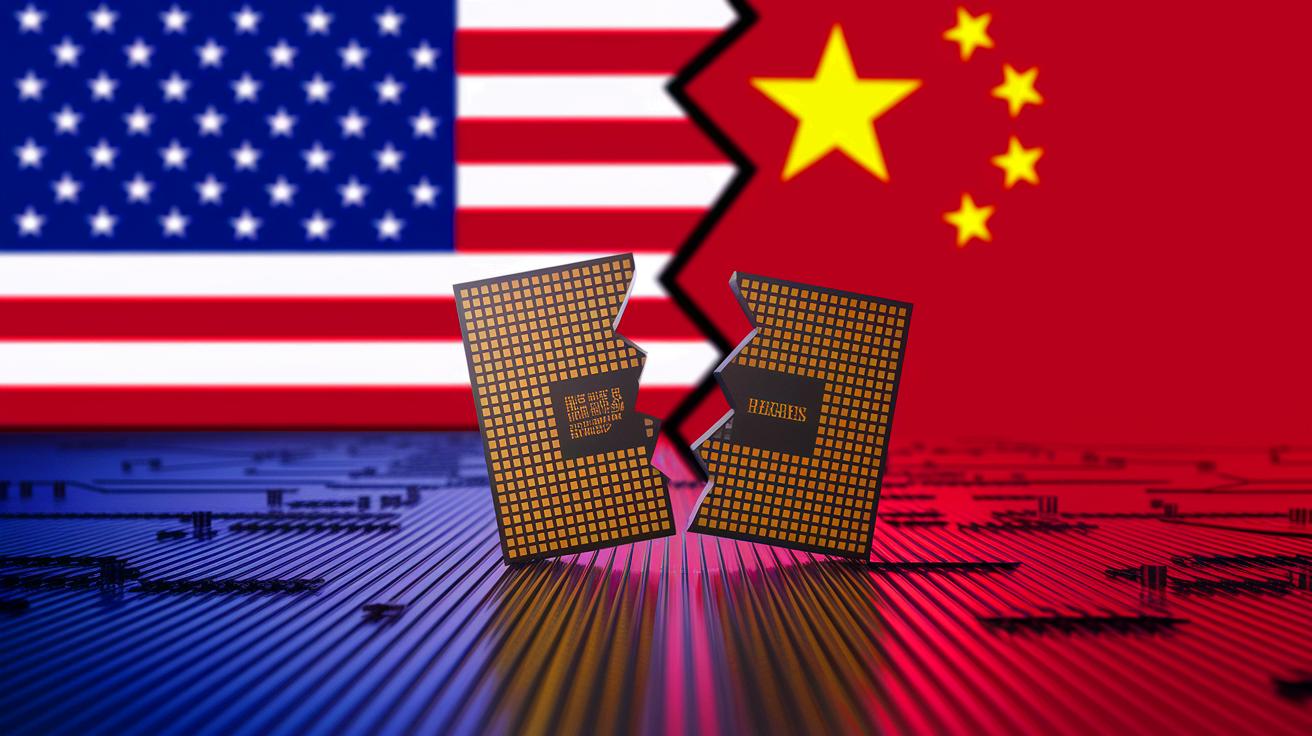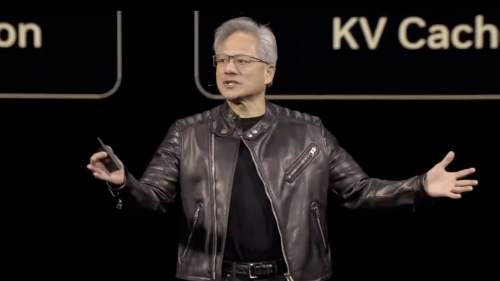| IN A NUTSHELL |
|
On April 16, 2025, a significant geopolitical move took place as Donald Trump announced a ban on exporting advanced AI chips to China. This decision reignited strategies from 2019, aiming to curb China’s technological rise. However, such measures have ironically propelled China toward greater technological independence. This article delves into the implications of this decision, exploring how China’s tech landscape has evolved and what this means for the global tech race.
Trump’s Renewed Strategy: A Historical Context
Donald Trump’s announcement to ban the export of advanced AI chips like Nvidia’s H20 and AMD’s MI308 to China marks a continuation of a strategy first initiated in 2019. Back then, the blacklisting of Huawei was a critical move in the trade war, designed as a national security measure to prevent China from gaining an edge in tech innovation. The goal was clear: hinder China’s technological advancements and maintain U.S. supremacy in technology.
Despite the aggressive stance, these restrictions have not yielded the intended impact. Instead of slowing down, China has accelerated its development of a self-sufficient tech ecosystem. By cutting off China from crucial technologies, the U.S. inadvertently fueled a drive for technological independence in Beijing. This paradox underlines the complexity of international tech policies and their unforeseen consequences.
China’s Technological Resilience and Growth
The export ban has had an unintended consequence: catalyzing China’s tech industry to achieve remarkable levels of self-reliance. Over the past six years, China has established a comprehensive ecosystem encompassing chip design, software development, data management, and AI modeling. Companies like Huawei are now designing their own GPUs, while SMIC is mass-producing the Ascend 910B chip. ByteDance is deploying robust AI solutions, and DeepSeek models are now competing with American tech giants.
This strategic shift has not only bolstered China’s tech capabilities but has also highlighted a significant divergence in technological philosophies. The U.S. remains committed to a proprietary model, focusing on exclusivity and licensing. In contrast, China emphasizes open-source development, shared resources, and large-scale innovation. This divergence underscores a fundamental shift in global tech dynamics, as China adapts and thrives under pressure.
Decoupling and Its Broader Implications
The decision to ban chip exports has accelerated a technological decoupling between the U.S. and China. As China explores alternatives to Western technologies, it is venturing into new territories, such as bismuth-based GPUs and non-silicon circuits. These technologies are developed independently and boast competitive performance metrics compared to their Western counterparts.
Meanwhile, the U.S. is pursuing industrial relocations to mitigate reliance on Chinese manufacturing—a process that demands substantial investment and time, amidst a shortage of skilled labor. This bifurcation of tech ecosystems raises critical questions about the future of global innovation and economic dependencies. The strategic decoupling may lead to two parallel tech worlds, each evolving under different principles and constraints.
The Paradox of Sanctions: Strengthening the Adversary
While each sanction appears to undermine China, it often strengthens its resolve and autonomy. The April 16 decision has not stunted Chinese innovation; instead, it has motivated China to become self-reliant. This resilience poses a potential threat to U.S. technological dominance, as China may soon surpass traditional tech frameworks and create groundbreaking advancements.
Ultimately, the move to restrict technology exports may backfire, as it encourages China to innovate independently and potentially replace existing technologies with superior alternatives. This scenario prompts a reevaluation of sanction-based strategies, as they may not only fail to achieve their objectives but also inadvertently empower the very competitors they aim to weaken.
The geopolitical landscape of technology is rapidly evolving, with significant implications for global power dynamics. As China continues to build its technological fortress, the world must ponder the long-term effects of these strategic decisions. Could the pursuit of self-sufficiency lead to a more balanced global tech ecosystem, or will it further divide the world’s technological landscape? How will other nations navigate this shifting terrain in their quests for innovation and security?
Did you like it? 4.3/5 (21)


